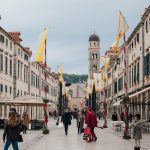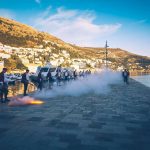Dubrovnik is a fascinating city to visit out of season, with the upcoming Feast of St. Blaise, about which TCN has written extensively, arguably one of the most interesting times. A major piece by on Dubrovnik and St. Blaise has just appeared in the Italian media.
Dubrovnik’s patron saint has been featured in the January issue of the Italian magazine Bell’Europa, the cover piece recommending people where to travel in Europe in February.
The article, adorned proudly with the timeless backdrop of Dubrovnik’s old harbour (stara luka), part of the walls and the Old City as seen from Ploce gate, talks extensively about Saint Blaise (Sveti Vlaho) and the story behind the festivity dedicated to him, held every February in Dubrovnik under the heading ”traditions”.
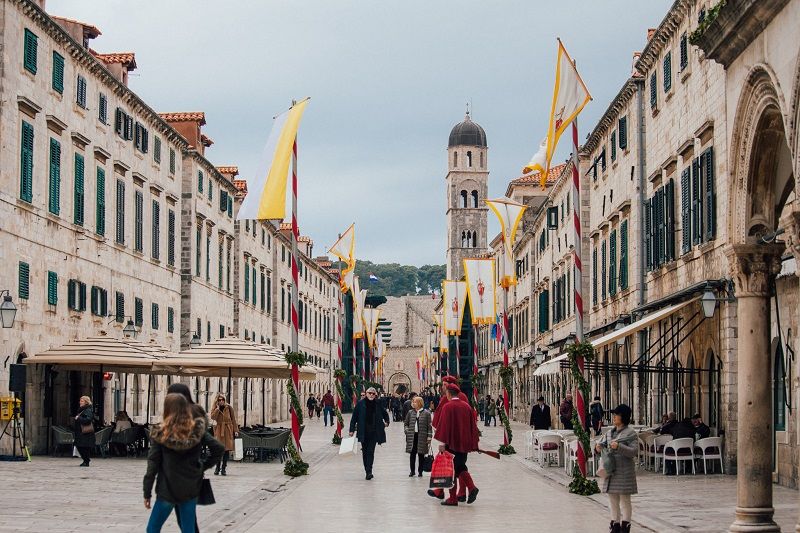
(All photos copyright Anna Serrano)
With a very colourful introduction to the traditions surrounding the Festivity of Saint Blaise (Festa Svetoga Vlaha), the magazine talks in detail about the fusiliers, describing them and their traditional clothing poetically. The words are complimented with glossy images of the parade on Stradun, the lighting of candles and the beautiful interior of the Church of Saint Blaise in Dubrovnik’s Old City.
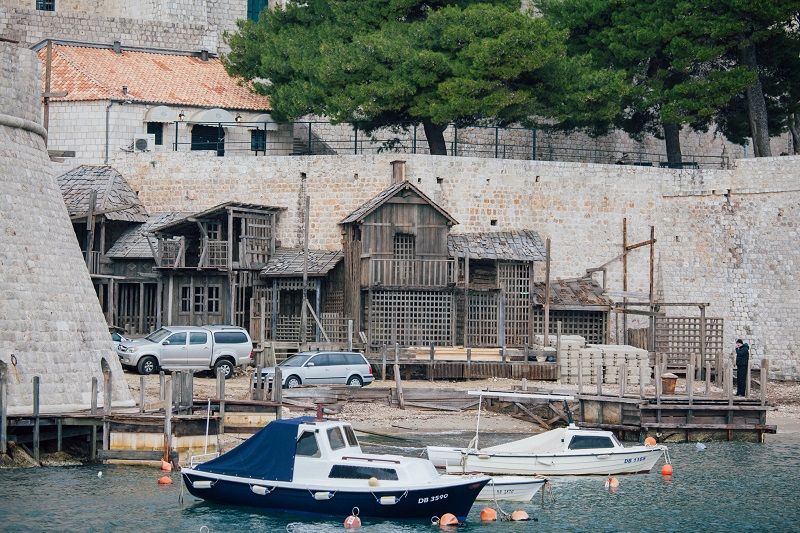
It then goes on to talk about the legend of how Saint Blaise came to be Dubrovnik’s protector and Patron Saint, describing the story of how the saint, otherwise a 4th century Armenian Bishop, appeared to a man named Stojko, the then pastor the city, and warned him of a great danger coming to Dubrovnik. If you’d like to read about that in more depth, click here.
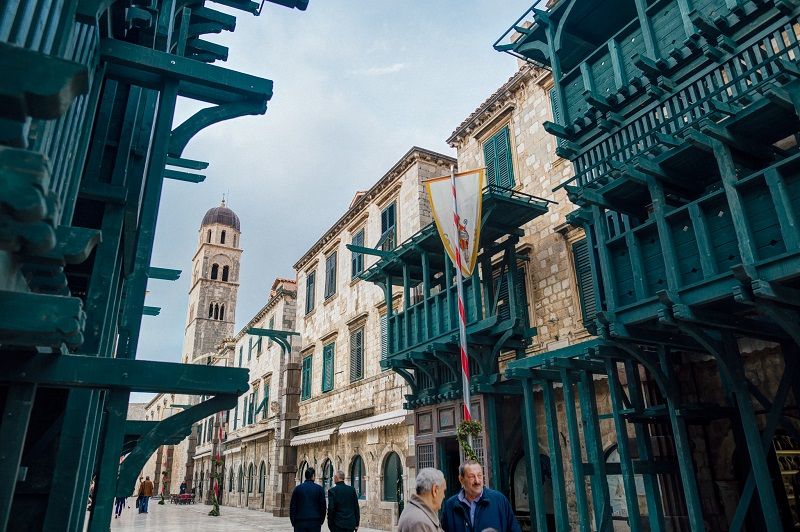
Under ”How to arrive” a piece about how to get to Dubrovnik is written, including a link to the Croatia Airlines website with flights from Rome to Split, more follows with advice on how to rent a car from Europcar, and how to take the ferry (Jadrolinija).
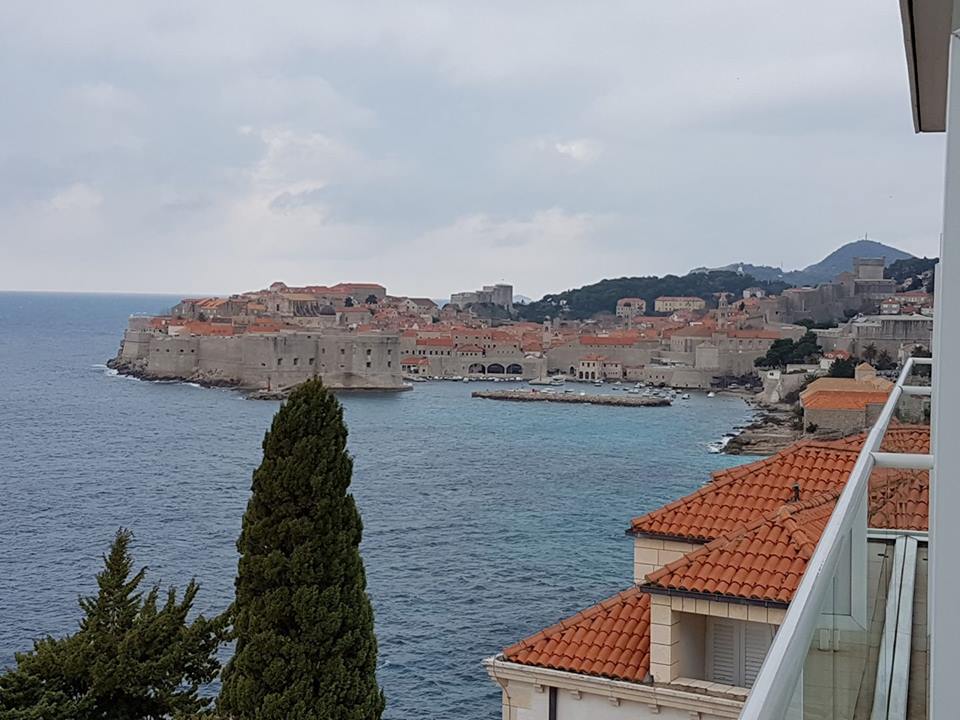
Following arrival, it goes on to talk about the Festivity of Saint Blaise in practice, mentioning the dates on which the festivity takes place (beginning on the 2nd of February) and what to expect from it. It includes the Wine Festival and Bitter Orange Day.
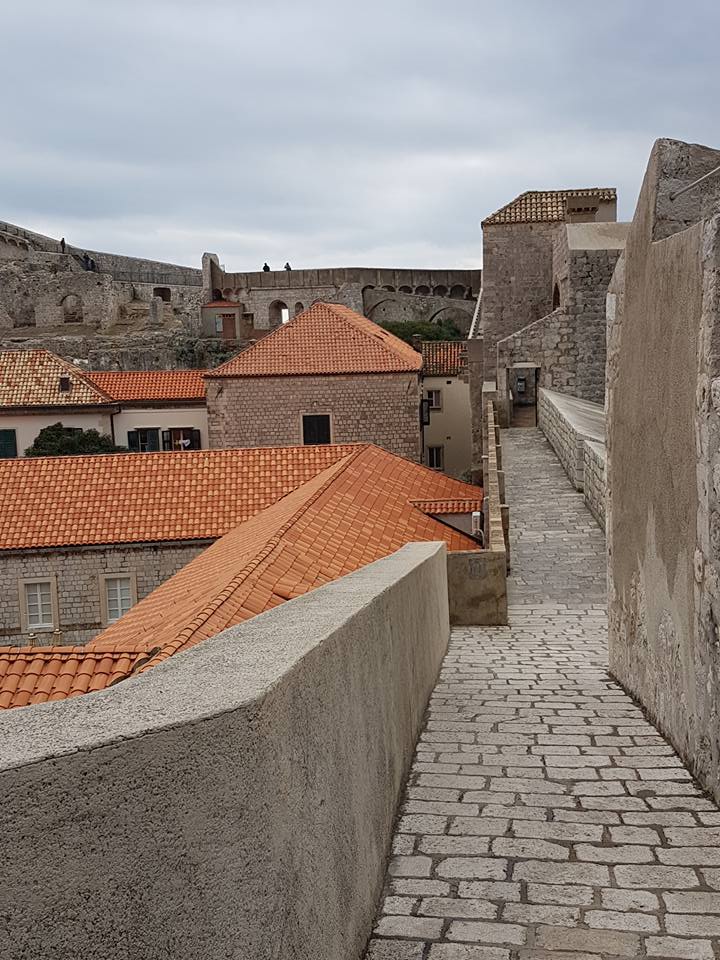
”What to see” lists various local attractions, it explains that there are no cars in the walled city of Dubrovnik (there are, but only those with a license to enter) and how to access the Old City through Pile and Plote gate before listing various important monuments and buildings within the walls, including Orlando’s Column, Onofrio’s fountain, Sponza Palace and the Rectors Palace, as well as mentioning their respective entrance fees. Several other historical and religious attractions are mentioned with their accompanying fees, such as Dubrovnik’s Cathedral, the Franciscan monastery and the Dominican monastery.
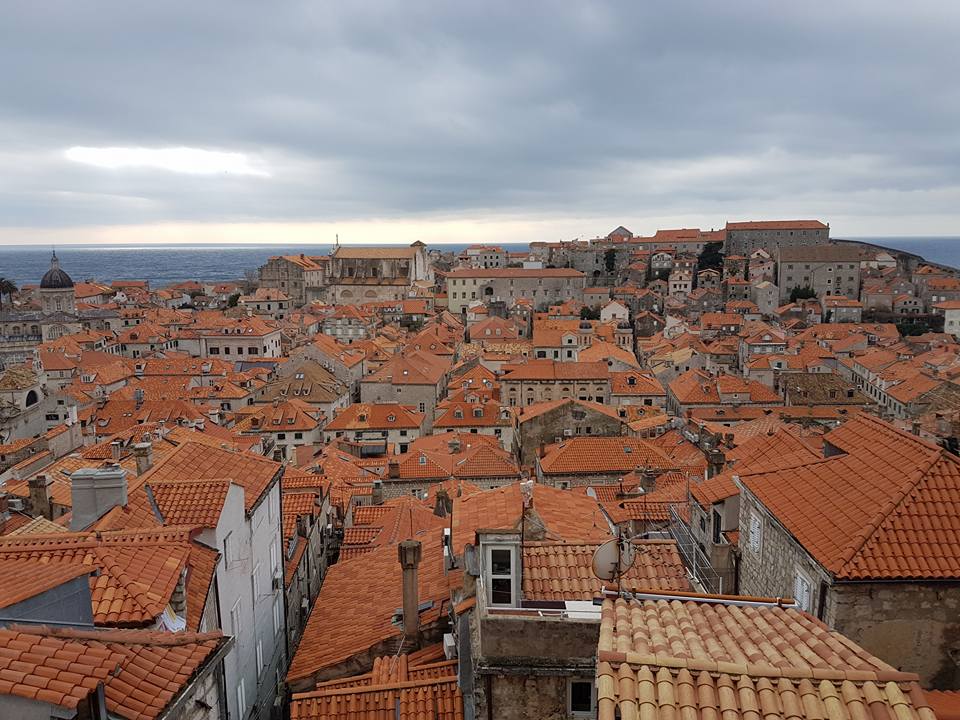
”What to do” follows with a comprehensive list of activities, including travelling to the island of Lokrum which lies 600m from Dubrovnik, Trsteno Arboretum, taking the cable car up to Mount Srdj and visiting Fort Imperijal when at the top, and the Museum of Contemporary History.
”Where to stay/sleep” and ”what to eat” conclude the article, and numerous popular Dubrovnik hotels are mentioned, including Rixos Libertas, Grand Villa Argentina, Grand Hotel Park, Hotel Adria and The Pucic Palace. The restaurants listed (in no particular order) are Kamenice, Proto, Glorijet, Horizont and Amfora.
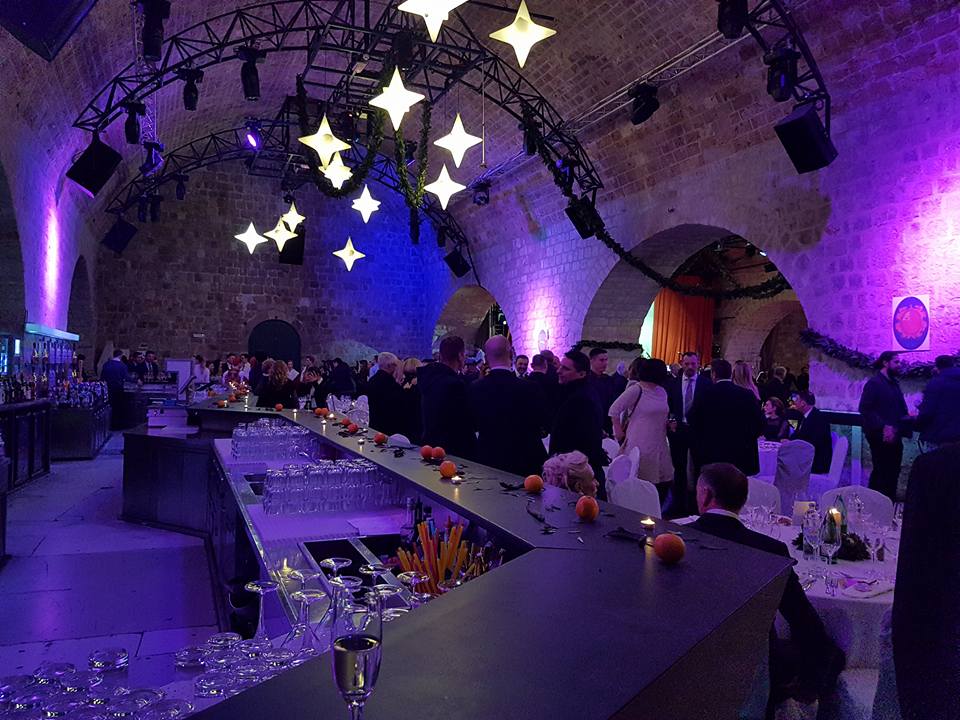
Read the original article below.
Bell'Europa Sv. Vlaho Dubrovnik 01-2017 by Manjgura on Scribd
Watch the official UNESCO video here.

